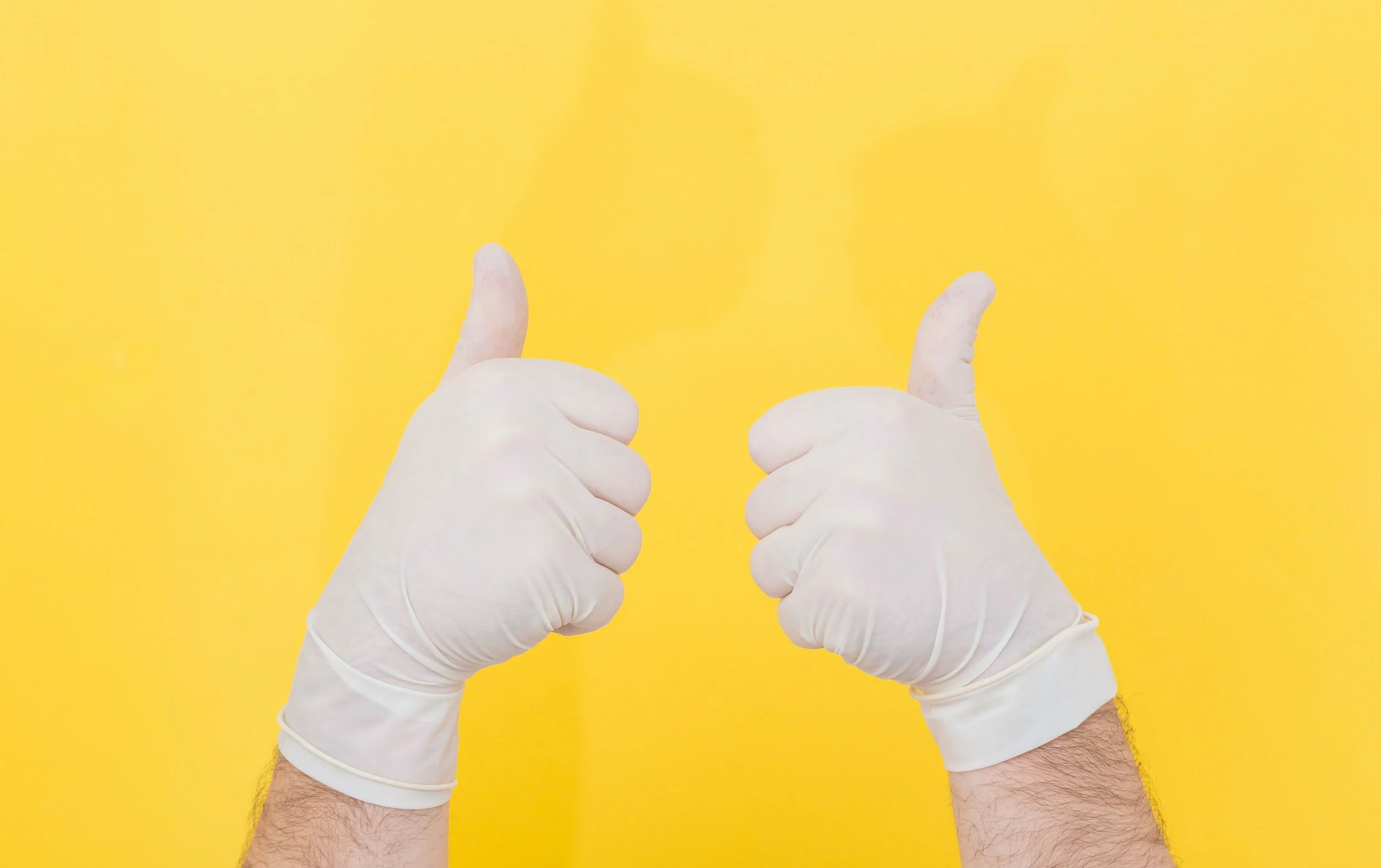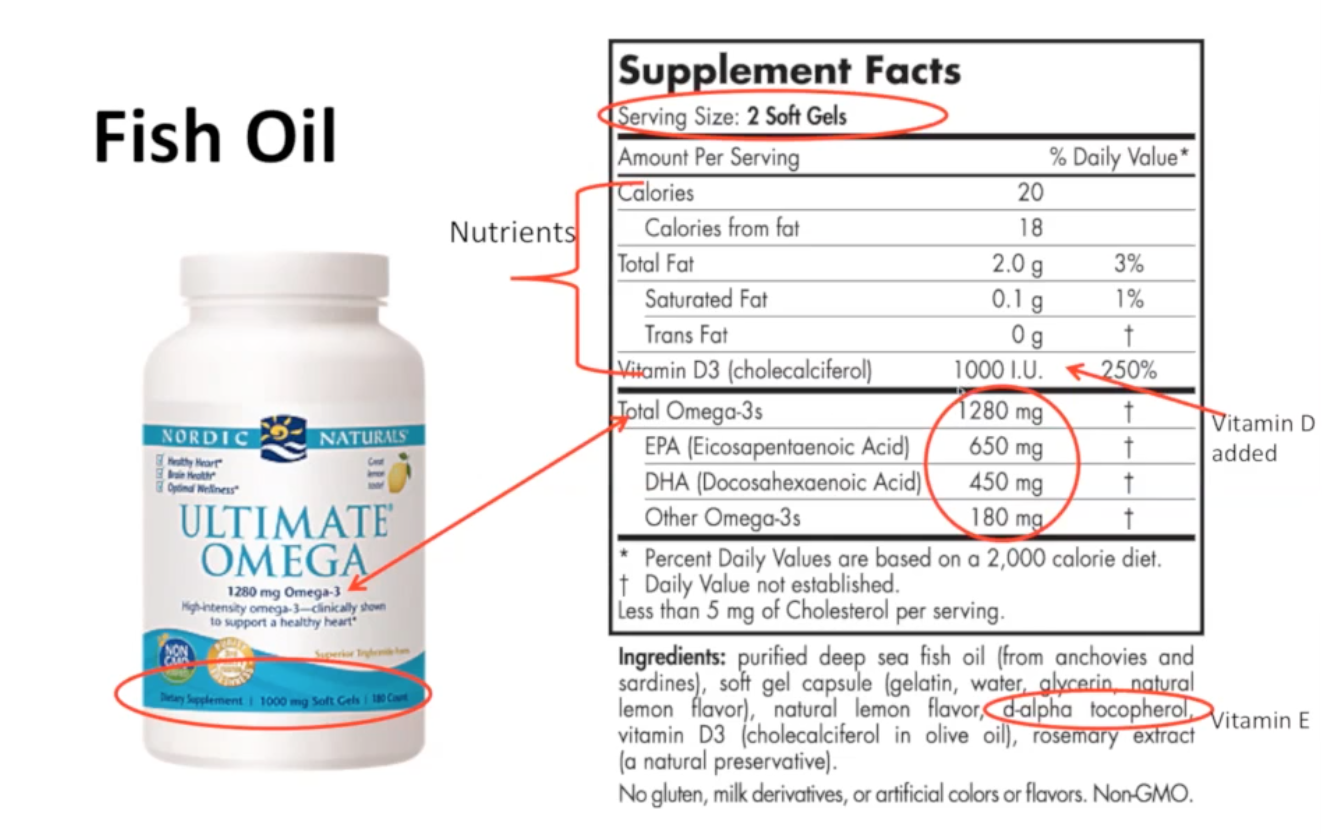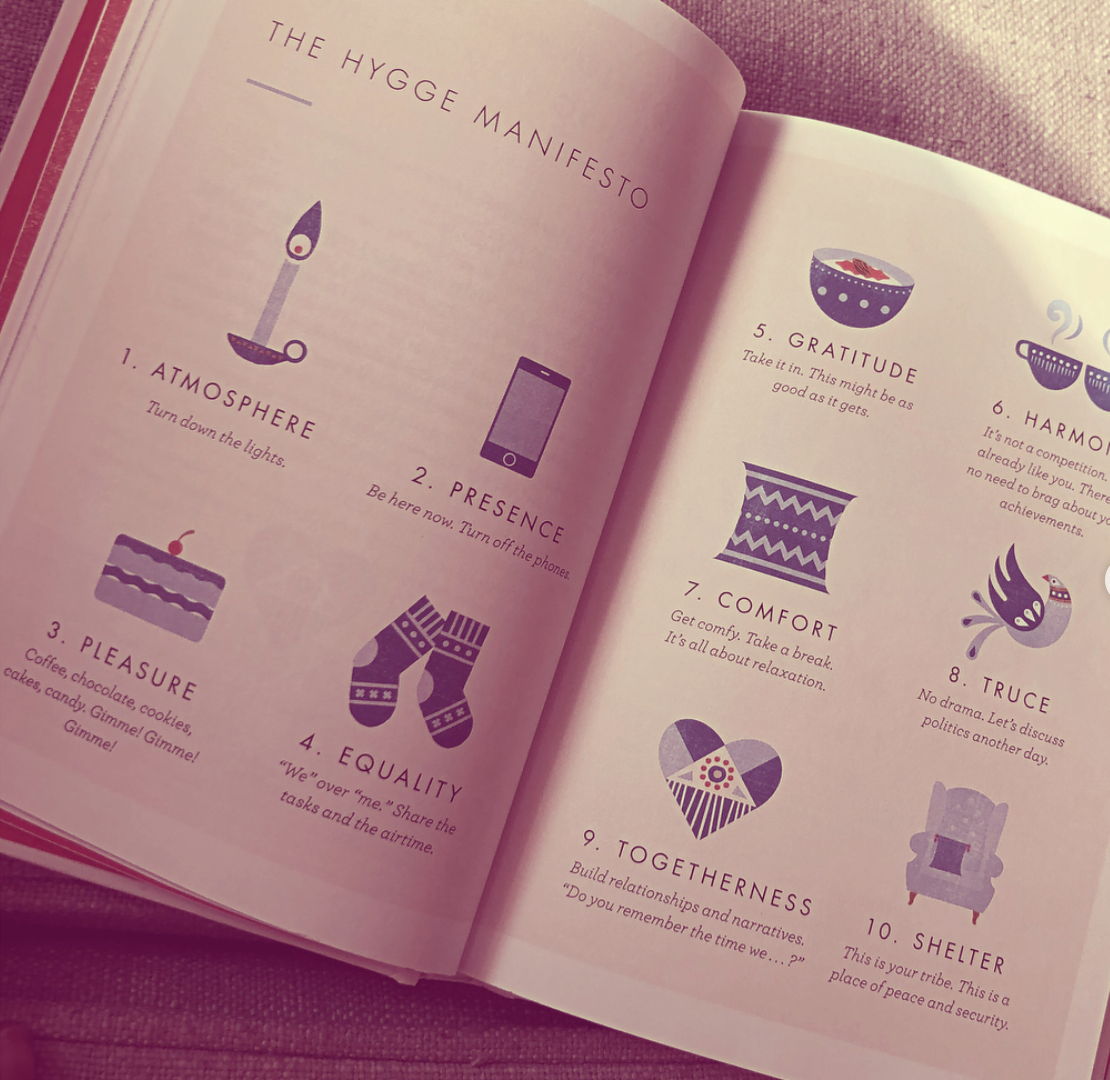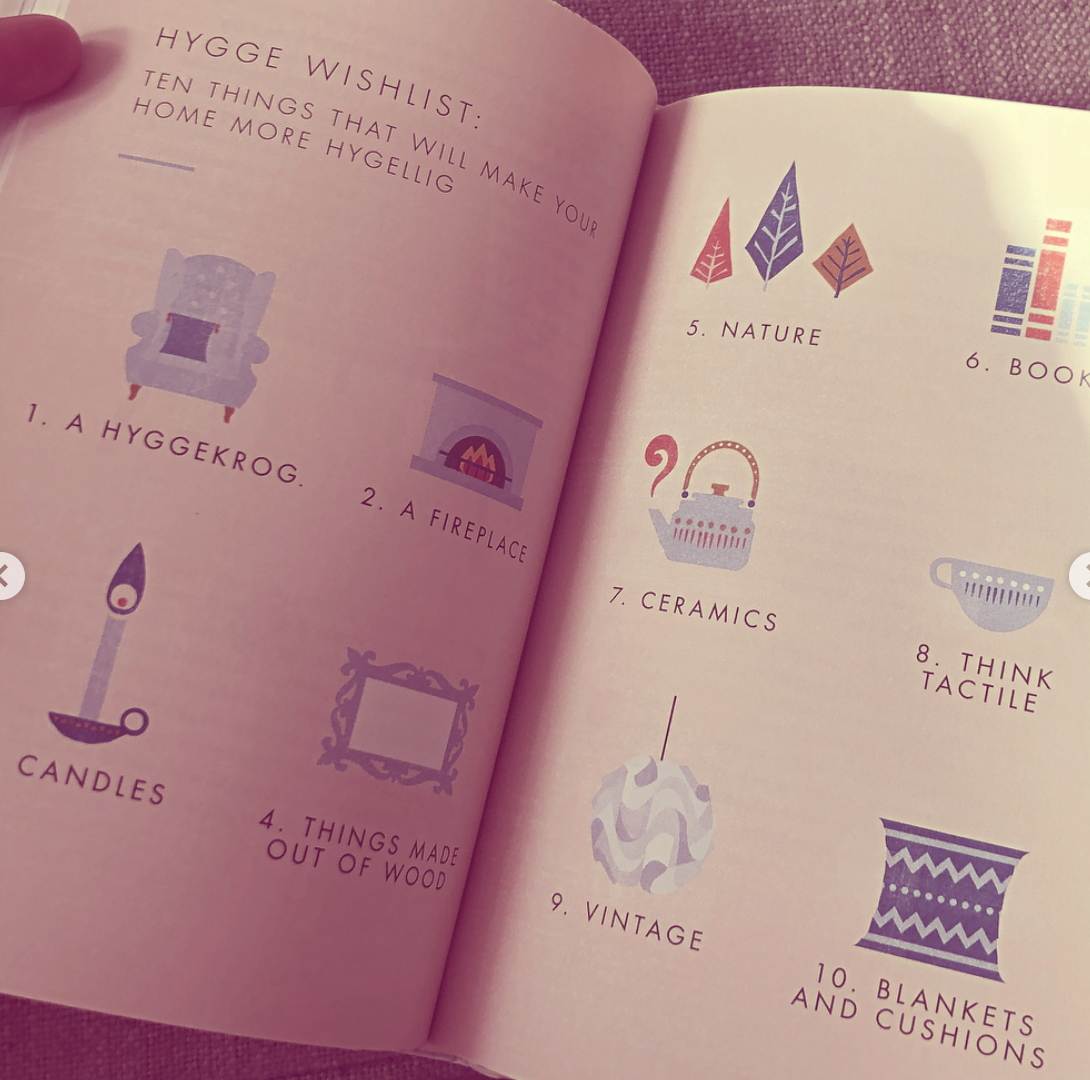With January coming to a close, its time to check-in with those resolutions and how they are coming along. Still on track?
I landed on my 2018 resolution after my husband read me a New York Times article one night as we were packing for our holiday travels. The article, My Year of No Shopping, really struck me! I had just been thinking about how much stuff we'd accumulated since Olivia was born and how I wanted to just clear out every corner of my house.
The article is about a woman, Ann Patchett, who made the decision to stop buying stuff for one year and what that experience was like for her. Of course she allowed herself the necessities like food/drink, travel, toiletries once she used what she had, but no new stuff.
After reading about her journey, I just loved the idea of no more stuff and challenging myself to stop buying. There's no quicker way to accumulate "stuff" than having a baby. We just have an abundance of bright plastic toys that clutter our home's once serene color palate and empty spaces.
I agreed right then and there that I was going to give this a try for the entire year. This means no more stitch fix, no manicures, no buying makeup (unless I used every last drop of what I had), no clothes, nothing for the home, no budget for luxury items. I'd only spend money on the bare necessities: bills, toiletries, and items that fall under family well-being. Similar to Ann, I was confident that I had enough half used or unopened products under my sink to last well over a year.
So I’m one month in and you may be asking what's transpired from such a challenge?
First off, I've had to become more resourceful! After taking inventory of our drawers and closets, I found a ton of items half used with many duplicates, like Chapstick, toothpastes, bath products, office supplies, etc. This lead to my next task of decluttering our home and incorporating the "toss, keep or donate" rule.
After organizing all of our drawers and closets to see exactly what we do have, I was able to toss so much “junk”and donate useful things that no longer serve us. Win-win!
Another advantage, is a better sense of community. We’ve lived in our neighborhood for almost a year now, but until this challenge, I’d never visited our local library (just one block away). After almost hitting the “buy” button on Amazon for a book I’ve been excited to read I checked the local library and there it was, for free!
The advantages far outweigh the fact that I still don’t have that lamp I want or a new cellphone case that doesn't have baby bite marks on it. I’ve been able to clean out corners that needed the attention, donate clothes and toys we don’t need, and utilize the beautiful community library!
The one area I do still splurge: the grocery store. And I do buy things that are for the wellbeing of our family (diapers, house plants, and electronic tooth brush, etc.) and experiences. We're taking a trip to Park City next month and that counts for wellbeing and creating new family memories... all part of living a full healthy life! Can’t deny myself of that! :)
Besides saving money, getting to know my community center, and feeling happier with less, this process has bled over into other aspects of my life. I've noticed that I'm more aware of waste (especially food), getting more creative with the food we do have before resorting to shopping and being more conscious about recycling. By being more mindful about what you bring in and out of your home, you start to treat your space a little more sacred and value the items you do have so much more.
Hopefully this inspires you give that next purchase a second thought before adding it to your cart and your home. Do you really need it?
If any of you want to challenge yourself to "no more shopping" in February, let me know! It will be fun to see how you enjoy the process and what things you stop yourself from cluttering your space. :)
- Laura
More info on my process: I’ve been tallying what I wanted to purchase, but didn't and surprisingly there's hardly anything on here that I still want today.
Total NOT SPENT in January 2018: $758.00














